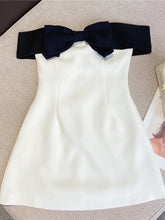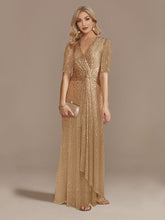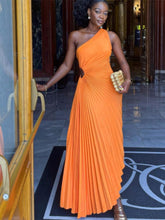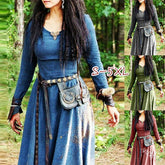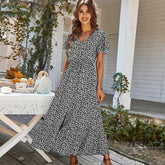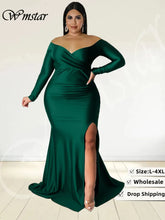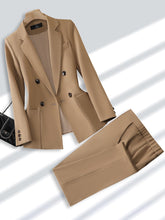Sustainable Fashion: Redefining Style with a Conscience in 2025
What is Sustainable Fashion and Why Does it Matter?
Sustainable fashion goes beyond just the fabrics we wear. It represents a full-circle approach to clothing—from sourcing and production to distribution and disposal. As the fashion industry faces criticism for being one of the most polluting sectors globally, consumers are shifting toward ethical choices that reflect both style and sustainability. More than ever, shoppers want to look good and feel good about the impact their purchases have on the planet.
The Environmental Cost of Fast Fashion
Fast fashion offers trendy clothing at unbeatable prices, but the environmental tradeoff is staggering. Millions of tons of textiles end up in landfills annually, and the production process consumes vast amounts of water and chemicals. On average, it takes over 2,700 liters of water to produce a single cotton shirt. By contrast, sustainable fashion brands focus on reducing waste, recycling materials, and utilizing eco-friendly production methods.
How Sustainable Fashion is Changing the Industry
Designers are now embracing low-impact dyes, recycled fabrics, and organic cotton, while brands are taking responsibility for fair labor practices and transparent supply chains. This transformation is making sustainable fashion more accessible, stylish, and affordable than ever before.
You’ll find growing numbers of eco-conscious options at modern retailers like this ethical fashion collection, which proves that you don’t have to sacrifice style for sustainability.
Materials That Make a Difference
One of the core principles of sustainable fashion is using materials that are kind to the environment. Some of the most popular include:
-
Organic Cotton: Grown without harmful chemicals or pesticides.
-
Hemp: Requires less water and is naturally resistant to pests.
-
TENCEL™ / Lyocell: Made from sustainable wood sources in a closed-loop process.
-
Recycled Polyester: Gives plastic bottles a new life as performance wear or outerwear.
-
Bamboo: Fast-growing and biodegradable, making it a sustainable alternative for soft textiles.
These materials are not just better for the Earth—they also tend to be gentler on your skin and more durable over time.
Circular Fashion and Minimalist Wardrobes
Another key aspect of sustainable fashion is the concept of circularity. Circular fashion focuses on reducing waste through repair, resale, and recycling. Instead of buying 10 trendy outfits that fall apart in a season, consumers are investing in high-quality staples that mix and match with ease.
Capsule wardrobes and minimalist collections are becoming increasingly popular. They encourage intentional purchases and provide more value per wear. Collections like this curated eco-friendly line allow consumers to shop with purpose while staying fashion-forward.
Social Responsibility in Fashion
Sustainable fashion isn’t just about the planet—it’s also about people. Ethical labor practices are a vital part of any eco-conscious brand. This means:
-
Fair wages
-
Safe working conditions
-
No child labor
-
Inclusive hiring practices
More brands are now opening their books to show exactly where and how their clothing is made. Transparency has become a mark of trustworthiness in the fashion industry. When you buy from ethical collections, you’re voting with your wallet for a better future for garment workers around the world.
Trends in Sustainable Fashion for 2025
Sustainability doesn’t mean boring basics. Designers are combining bold aesthetics with eco-materials to meet today’s fashion cravings. Hot trends this year include:
-
Boho-chic with a conscious twist
-
Reversible or modular pieces for multiple outfit combinations
-
Zero-waste patterns that eliminate textile scraps
-
Naturally dyed tones that are soft, earthy, and organic-looking
-
Upcycled vintage reimagined for modern wardrobes
By incorporating innovation with intention, the industry is proving that fashion can be fabulous and eco-friendly.
How to Start Shopping Sustainably
It’s easier than ever to make mindful fashion choices. Here’s how to begin:
-
Buy less, choose well: Invest in versatile pieces that will last.
-
Check the label: Look for certifications like GOTS (Global Organic Textile Standard) or OEKO-TEX.
-
Support ethical brands: Shop with retailers that value sustainability, like this selection of modern essentials.
-
Recycle or donate: Give your clothes a second life when you’re done with them.
-
Care better: Wash with cold water, line dry, and avoid dry cleaning to extend your garments’ life.
Conclusion: Fashion Forward, Planet Friendly
The future of fashion is rooted in responsibility. As consumers demand more from the brands they support, the industry is evolving to match those expectations. Sustainable fashion empowers individuals to align their personal style with their environmental and ethical values. Whether you’re new to the concept or a long-time supporter, every eco-conscious choice you make contributes to a greener, fairer world—one outfit at a time.
